If you live in the western United States, there used to be five seasons: winter, spring, summer, fall, and fire season. Thanks to long-lasting drought and climate change, that season of wildfire infernos has now blown into a full-tilt fire year.
Since 1970, the frequency of wildfires in the western U.S. has increased by a whopping 400 percent. Today’s wildfires are not only burning more extensive areas, but they are lasting nearly five times longer.
While some fires are started by lightning strikes, careless humans cause nearly 90 percent of all wildfires. The most common fire starters are poorly contained campfires, lit cigarettes, fireworks, and prescribed fires jumping the perimeter. Arson accounts for about seven percent of wildfires.
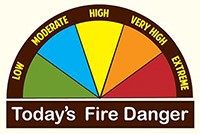
Regardless of how a wildfire starts, it needs three factors, collectively known as the fire triangle, to thrive: fuel to burn, a heat source to bring that fuel up to its flash point temperature, and oxygen.
If firefighters can control one of those three sides of the fire triangle, they can ultimately battle the blaze into submission.
The type of wildfire that most frequently makes the news is the crown fire. This fire is considered the most dangerous due to scale and intensity. Trees and shrubs ignited by a surface fire that spreads to the canopy, flames will be about 10 feet tall and generate a temperature of 1,472° Fahrenheit. More massive crown fires can see flame heights of 160 feet and temperatures exceeding 2,190° Fahrenheit.
On the crown fire’s flip side is the ground fire, the slowest and most insidious type of wildfire. This fire burns under deep piles of dead vegetation and can smolder and crawl around for months. Some of these subsurface fires have even burned undetected throughout the winter only to pop through the surface in the spring.
The easiest fire to extinguish, and the least damaging, is the surface fire. Only surface litter, like dead or dry vegetation lying just above the ground, is burned.
Regardless of the fire type, the most critical factor in determining whether or not fire is a dud or a conflagration is the fuel. Fuel can include grass, shrubs, trees, and manmade structures. The more dry flammable material, the hotter the fire will burn, and the faster it will spread. Depending on conditions, a wildfire can spread at a rate of up to 14 mph and throw embers miles away, giving birth to new fires, an event called spotting.
As a wildfire advances, its heat and smoke will dry out the materials in front of it. This creates a domino effect where one piece of fuel catches fire and makes more combustible fuel in surrounding materials. Wood, for example, has a flashpoint of 572 degrees Fahrenheit. When it’s heated to this temperature, it releases gases that mix with the surrounding oxygen and combusts.
The weather also plays a critical role in the life of a wildfire. Warmer temperatures lead to drier fuels and allow them to ignite faster. This is one reason fires are more frequent in late summer and why they tend to expand during the afternoon heat.
The wind is the most unpredictable yet significant player when it comes to influencing a wildfire’s behavior. Wind supplies oxygen pushes the fire along the terrain and helps dry out potential fuel.
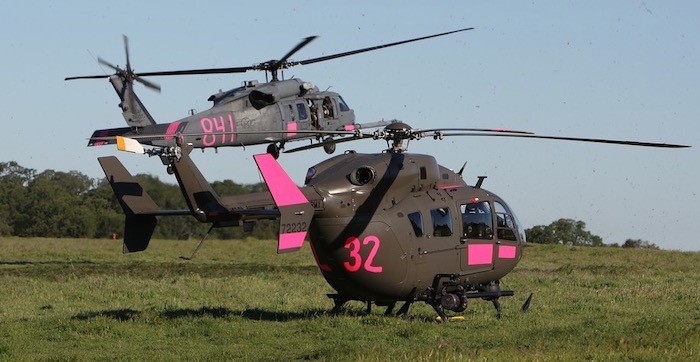
More massive and hotter fires also develop their own wind patterns that can be as many as 10 times faster than ambient winds. Vortices generated by the fire’s heat create short-lived fire whirls. If a sustained fire whirl can evolve into the relatively rare phenomenon known as the firenado. A firenado killed 8 people and destroyed more than 1,000 homes in Northern California. in 2018. The National Weather Service determined the firenado caused the damage equivalent to an EF-3 tornado with winds over 143 mph.
Moisture influences the fire’s rate of spread and intensity. Lower humidity and lack of precipitation create an environment ripe for combustion. Conversely, materials with higher moisture content are harder to ignite. Moisture absorbs the fire’s heat. This reduces the likelihood of neighboring materials reaching their flashpoint.
Topography works for fires the opposite of how it works for humans. Fires love to sprint uphill. The steeper the slope is, the more favorable the conditions are for the fire to expand. Heat, smoke, and ambient winds typically flow upward. These conditions push the flames uphill and contribute to drying out new fuel sources.
Once the fire reaches the top, however, it has a more challenging time moving back down. All of those forces are now working against the fire flowing downward and preheating fuel sources below it.
Wildfire damages don’t stop when the fire is over. When the vegetation is destroyed on a slope, organic material in the soil is damaged. This prevents water from entering the ground, which can create soil erosion and mudslides.
Two months after a 1994 wildfire ended in Colorado, rains created a debris flow covering a three-mile stretch of the interstate. The debris buried 30 cars and swept two into the Colorado River.
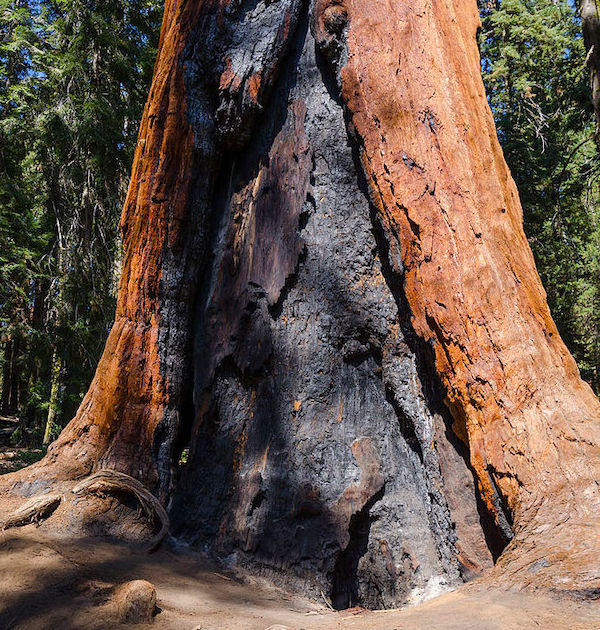
Destructive powers aside, wildfires also have their benefits. Smaller fires will clear out the underbrush before it can grow large enough to create enough fuel for a more destructive fire. These small fires also reduce the spread of plant and fungal diseases and release nutrients into the soil.
A top contributor to the rise of wildfires is the pine bark beetle. This ¼-inch long insect creates millions of acres of combustible materials by laying eggs under a conifer’s bark. This process introduces a fungus that prevents sap flow and keeps the tree from repelling additional bug attacks. The tree dies and rapidly dries out, creating a new potential fuel source for the next wildfire. The U.S. Forest Service estimates that beetle infestation results in 100,000 tree fall every day.
After a burn, fireweed is among the first plant species to appear. The magenta-colored wildflower proliferates in disturbed areas. The plant conditions the soil and dies back as other plants begin to grow. The flower’s seeds can stay dormant in the soil for years, waiting for the next fire to expose the soil to sunlight and renew germination.
After fireweed, grasses, and trees like the birch, alder, and aspen began to thrive, sometimes sprouting from the stumps of burned trees. These new-growth forests live from 20-50 years. They further condition the soil to allow the development of the mature forest to begin.
The wildfire cycle of creating new growth from old has been shaping forests for millennia. While the havoc fires wreak is not to be taken lightly, forest fires still play a critical role in restoring biological diversity. Many plant species require fire to germinate or to reproduce. Human-driven fire suppression efforts not only eliminate these species, but also the animals that depend upon them.
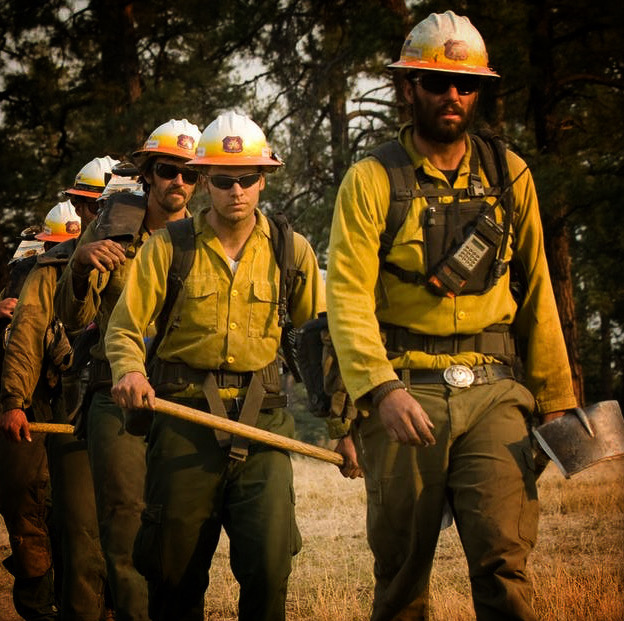



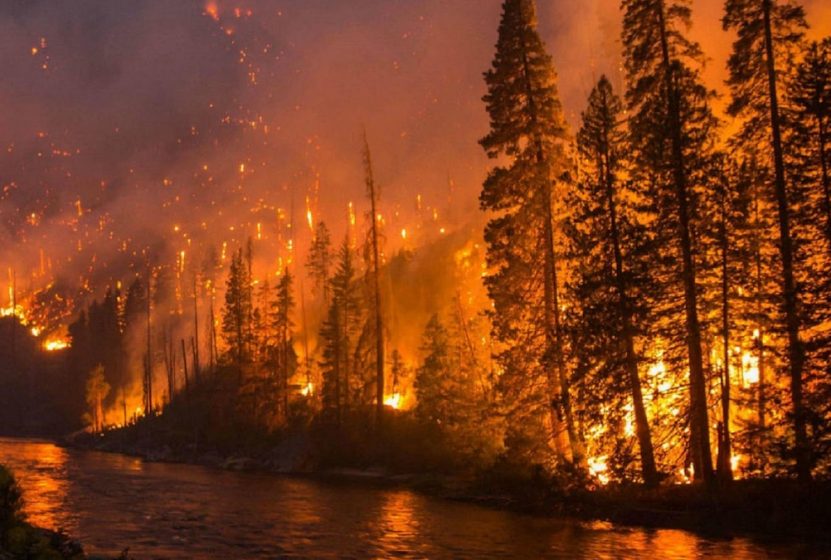
Very informative. Many items not familiar with. Thank you